From conserving habitats to preventing illegal wildlife trade, the law is a crucial instrument in protecting Sri Lanka’s biodiversity and ensuring that endangered and endemic species are not forgotten and lost in waves of development. While Sri Lanka is bound by international conventions such as the Convention on Biological Diversity and the Convention on International Trade in Endangered Species of Wild Fauna and Flora, it has a diverse range of domestic legislature under which biodiversity is governed and considered. Biodiversity conservation through legal means takes the form of declaration of protected areas, designating protected species, and controlling threats to biodiversity such as pollution, deforestation and invasive alien species.
Fauna and Flora Protection Ordinance No.2 of 1907 (FFPO) is the primary legislature that protects biodiversity as it directly involves the protection of habitats and species. The FPPO affords the protection of habitats through the declaration of protected areas, namely National Reserves, Sanctuaries and Managed Elephant Reserves, which are under the purview of the Department of Wildlife Conservation. National Reserves can be only declared on state land and there are 7 categories of National Reserves which vary in the extent to which they permit entry. For instance, no one can enter a Strict Nature Reserves without a written permit from the Director of the Department of Wildlife Conservation for the purpose of scientific research. Sanctuaries and Managed Elephant Reserves can cover both state and private land and there are restrictions on activities that are permitted within these zones. Outside the FFPO there are protected areas governed by the Forest Department as declared under the Forest Ordinance, No 16 of 1907, now Forest Conservation Ordinance, after its last amendment, which protects habitats that species thrive in and ensures the sustainable management of forest resources. Conservation Forests in particular recognize the ecological value of a forest. The protected areas under these two laws account for roughly 35% of Sri Lanka’s surface area.
The FFPO directly ensures the protection of species, with elephants being given special consideration due to their ecological and cultural significance in Sri Lanka. In addition to protected species there are 20 species of mammals, 16 species of reptiles and 63 species of birds that are listed as Strictly Protected Species. These include endangered species such as the Slender Lorris and Fishing Cat. These species have a higher degree of protection afforded to them with more severe punishments being given for offences. If a species is not protected by the FFPO, it can be hunted legally outside protected areas, which is problematic as when it comes to marine wildlife, species such as hammerhead sharks, manta rays and wrasses are not protected by the FFPO, despite being on the IUCN Redlist as endangered and vulnerable.
Marine biodiversity benefits from the Fisheries and Aquatic Resources Act No. 02 of 1996, which controls overexploitation of aquatic resources by declaring Fisheries Management Areas and Fisheries Reserves, which are governed by stricter regulations in order to prevent overexploitation of resources, and can be used to protect spawning aquatic wildlife. This Act also prohibits the catching of species such as turtles and thresher sharks. It can be used to regulate activities that destroy and degrade marine ecosystems, as seen in the recent ban on spearfishing which affected IUCN Redlisted species such as the Humphead Wrasse which were not protected under the FFPO.
The National Heritage Wilderness Areas Act No 03 of 1988 offers a more holistic approach to biodiversity, with the intention of protecting biodiverse habitats that hold aesthetic values as well as geological and hydrological significance. Recognizing the aesthetic value of these areas, this act permits entry for non-extractive uses such as tourism and recreation. The Sinharaja National Heritage Area remains the only protected area designated by this act.
While most protected areas must be declared on state land, Environmentally Protected Areas as set out under the National Environmental Act No. 47 of 1980 (NEA) offer another means of protecting biodiversity without acquiring land. These EPAs which include the Knuckles EPA and Thalangama EPA are designated according to biodiversity and ecological value by the Central Environmental Authority. They are subject to more regulated activity but the land remains privately owned, thus making it a unique and useful instrument in the traditional protected areas network.
The NEA also curbs habitat degradation by controlling pollution of natural environments by means of issuing licenses. In addition, the NEA sets forth mandatory Environmental Impact Assessments and Initial Environmental Examinations for projects that might affect the environment. Biodiversity in project sites is evaluated in these assessments along with the extent to which the project will threaten endangered species. Other laws that contribute to biodiversity protection by addressing the threat of habitat degradation include Marine Pollution Prevention Act No. 59 of 1981 and the Soil Conservation Act.
In addition to the Water Hyacinth Ordinance and the Plant Protection Act which tackle the spread of invasive alien species, a newly drafted Invasive Alien Species Act would remedy gaps in current legislature and offer a stronger basis for the control and management of IAS which pose a threat to native and endemic species.
While Sri Lanka possesses this legal framework within which biodiversity can be protected, updating protected species lists on the FFPO to automatically include species that are protected under the CITES treaty which Sri Lanka is party to, as well as standardizing how biodiversity is evaluated in EIA and IEE reports are some measures that can be taken to make these laws more effective.
Photo Credits:Angelo Samarawickrema



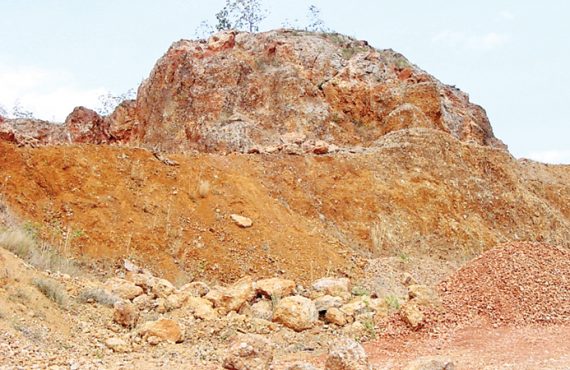
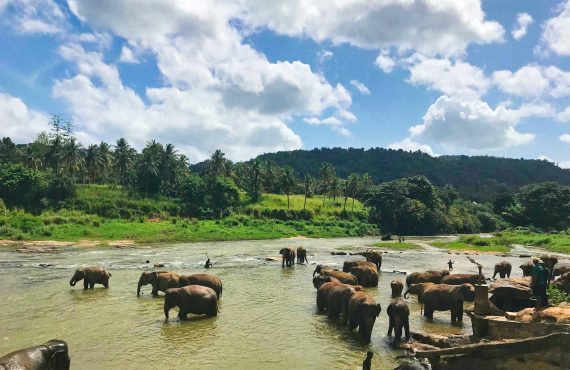







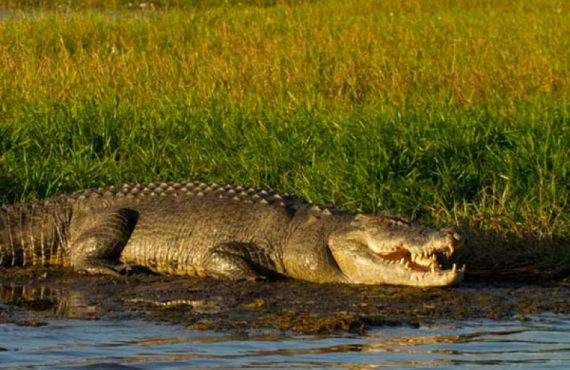
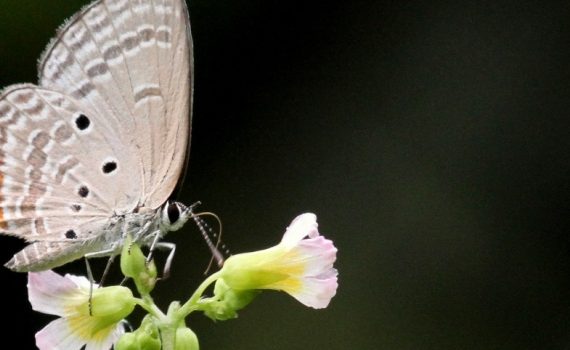
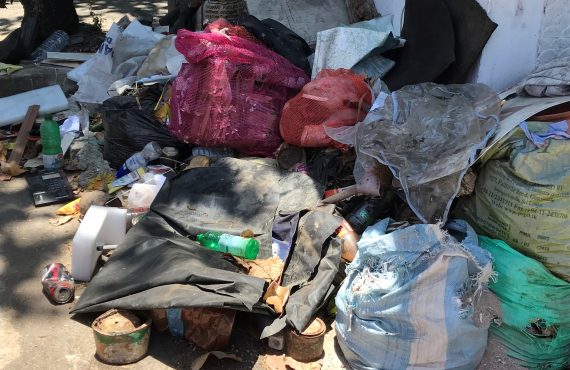

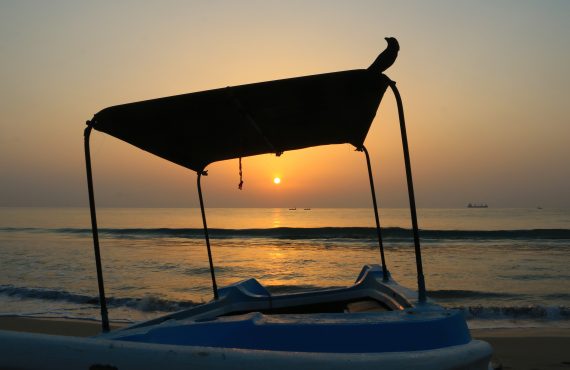
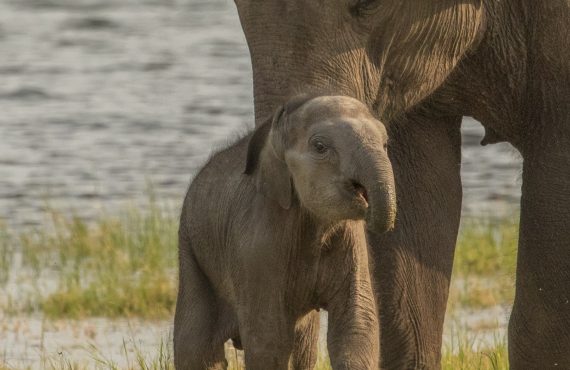

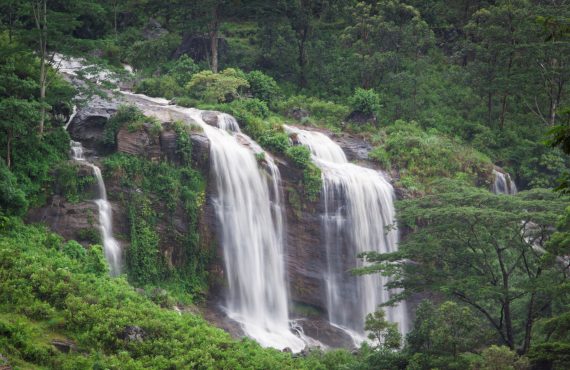

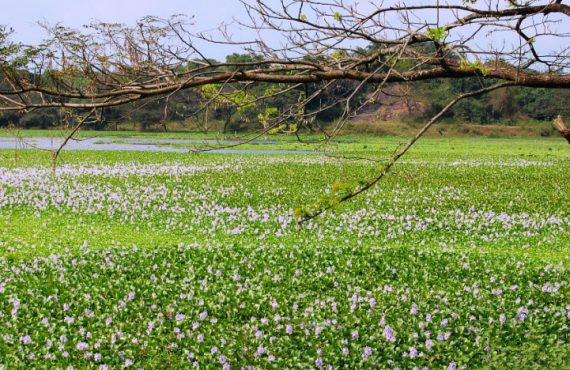




Really a great article. Keep up doing so